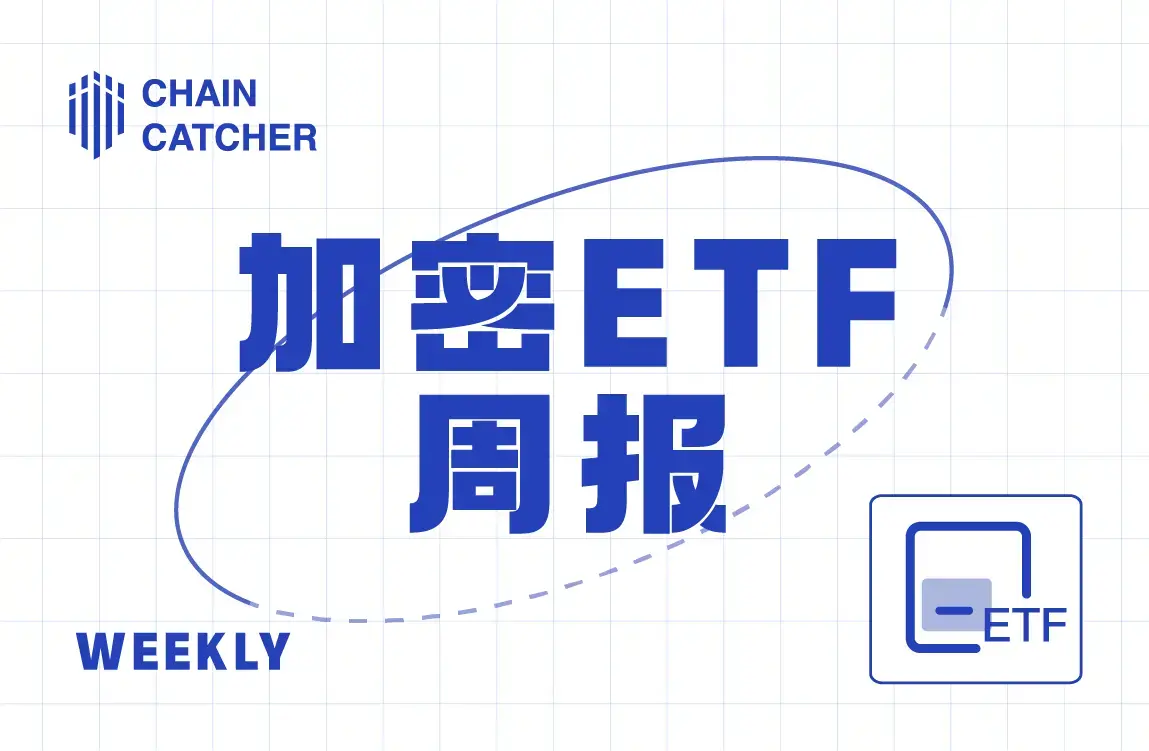On-chain transaction fees surge, how can EIP-1559, Layer 2, and Gas tokens break the deadlock?
This article is an original piece by Chain Catcher, authored by Loners Liu.
After Ethereum's price broke its historical high, the brief excitement did not last long, and more people began to realize that the cost of using Ethereum was becoming increasingly high. Before the implementation of ETH 2.0 sharding, many started to seek solutions that could improve the current network congestion and high transaction fees.
This article begins by analyzing how the cost of each transaction is calculated, examining how mainstream solutions such as Gas tokens, the EIP-1559 proposal, and Layer 2 scaling are creating a better transaction experience for the Ethereum ecosystem.
1. Calculation of Gas Fees
In the Ethereum network, both transfer transactions and the execution of smart contracts consume the computational or storage resources of the entire network. The amount of resources consumed is referred to as Gas (fuel). The transaction fee for each on-chain transaction depends on the product of Gas Used and Gas Price, and is ultimately settled in ETH and paid to Ethereum miners.
Here, Gas Used refers to the total amount of Gas actually consumed to execute the operation, which depends on the complexity of the transaction. If it involves calling a smart contract or an aggregator with more complex transaction logic, the total amount of Gas required will be higher. For example, the Gas Used for ETH transfer transactions is a fixed value of 21,000, while the value for DeFi applications like Uniswap is mostly above 100,000.
Gas Price refers to the price that users are willing to pay for each unit of Gas consumed, measured in Gwei (1 ETH = 10^9 Gwei), and it also depends on network congestion. During periods of congestion, it can reach as high as 1000 Gwei, while during times of low transaction volume, it can drop to as low as 1 Gwei.
The number of transactions that Ethereum can process per second can be calculated using the following formula: transactions per second = Gas Used * average block interval time.
Taking an average block interval of 13.2 seconds, an ETH price of $1200, and a Gas Price of 100 Gwei as an example, we can estimate the transaction costs for various Ethereum transaction types under rapid execution conditions:

As ETH continues to rise, users are also paying higher actual fees.
Generally, miners prioritize packaging transactions with higher Gas prices, as this maximizes their earnings, ultimately leading to a bidding war for Gas. From a user experience perspective, this auction mechanism can lead to excessive payments due to a significant increase in auction prices in a short period of time to compete for resources. This actually reflects the inefficiency of this auction mechanism, which can also cause unnecessary delays.
Therefore, solutions such as Layer 2, Gas tokens, and EIP-1559 have become the three main options to address the issue of high transaction fees on Ethereum.
2. Gas Token Solutions
In Ethereum smart contracts, the consumption of Gas fees is determined by the data storage situation of that contract on-chain. The approach of Gas tokens is to tokenize Gas fees into an ERC20 Token, allowing users to buy and sell directly, or to prepay for future Gas usage. Users can purchase and store Gas tokens when prices are low, and then use them when Gas prices surge.
Specifically, when Gas prices are low, Gas tokens encourage users to create or mint tokens GST1/GST2 in the contract. At this time, Gas tokens will use the funds provided by users to store data/create contracts at a lower cost. When Gas prices skyrocket, users can use or consume GST1/GST2, and Gas tokens can obtain network rewards or Gas refunds by deleting data or contracts, thus achieving Gas consumption at a lower price.
In June 2020, the aggregation trading platform 1inch released an optimized Ethereum Gas fee token called Chi, which users can use in transactions. "Burning Chi tokens in the same transaction will reduce the fee cost by nearly half," 1inch stated.

Explanation from the official 1inch blog
Additionally, uLABS' synthetic gas futures token (uGAS) allows "users" and "providers" of Gas to lock in their costs or profits. The uGAS token enables users to hedge risks and serves as a speculative tool for Gas prices. However, Grouk's co-founder Wang Yuan stated that uGAS is purely a prediction market, betting on Gas prices.
"We expect DeFi teams to start accumulating Gas tokens and use them in their protocols when market volatility requires the use of built-in liquidation automation," Multicoin Capital noted in a research report.
3. Layer 2 Solutions
From the previous table, it can be seen that complex contract interactions not only require paying transaction fees of dozens of dollars but also consume a large amount of Gas used. As Ethereum receives more complex transactions from applications like DeFi, the number of transactions it can process per second will quickly decline. Therefore, the demand for on-chain scaling solutions has been increasing with the prosperity of the DeFi ecosystem. Before Ethereum 2.0 arrives, users urgently need a product that can solve high transaction costs and experience costs.
For this reason, the Ethereum Layer 2 track has become prominent. When interacting with the Ethereum main chain on traditional Layer 1, this process requires consuming Gas fees. However, when trading or transferring on the Layer 2 network, there is actually no interaction with the Ethereum mainnet, thus eliminating Gas fees and a series of transaction costs, addressing the pain point of high transaction costs.
This operation is ultimately unified by a validator who takes user data operations to the Ethereum main chain for verification. The validator does not need to care about all user operations on the Layer 2 network; they only need to take the final results of the users to verify with the Ethereum main chain. The advantage is that it can significantly enhance the user transaction experience while saving a lot of costs.
Currently, Layer 2 solutions mainly include state channels, sidechains, and Rollups. Ethereum has confirmed a 2.0 roadmap centered on Rollups, which can be said to have become the mainstream technology for Layer 2 scaling.
At the same time, leading DeFi players like Uniswap, Aave, and Synthetix have begun to explore the feasibility of Layer 2 + DeFi. In the recent Sushiswap 2021 roadmap release, the official stated that ZK Rollups are the preferred option for Layer 2. Synthetic has adopted the Optimistic solution, initiating SNX staking on Layer 2, with the staking amount reaching 2.75 million SNX, equivalent to $35 million.
However, due to the composability of DeFi projects, when choosing scaling solutions, the correct design and trade-offs are not the only considerations; they must also take into account the potential choices of other projects and optimize accordingly.
Regarding how DeFi projects should consider suitable Layer 2 solutions, Nervos co-founder Lv Guoning told Chain Catcher that projects with different characteristics and businesses will have different needs for Layer 2. Currently, the principles for DeFi projects' choices generally include considerations for security, the urgency of performance improvement, migration costs, and whether there is a need to rewrite business code.
When considering whether to migrate to Layer 2, another key consideration is user retention. "This is also why there may already be many public chains with better performance than Ethereum, yet Ethereum still has a significant ecological advantage. Therefore, if migrating to Layer 2 requires a change in user habits, it is something that DApp operators would not want to see," Lv Guoning said.
In summary, under the Optimistic Rollup approach, project parties can migrate directly because it is compatible with Ethereum EVM; under the ZK Rollups approach, project parties need to redevelop, making migration difficult with limited operational support, but with sufficiently good performance to build real barriers.
4. EIP-1559 Proposal
If Layer 2 can be seen as a protocol layer outside of Ethereum, where all user operations are actually stored or packaged in Layer 2, then Ethereum's EIP-1559 proposal aims to provide users with a more certain Gas price and a more flexible Gas limit by adjusting the utilization rate of Layer 1 blocks.
Since December 21 of last year, when Ethereum Foundation developer Eric announced that the EIP-1559 proposal was about to be implemented, discussions about the proposal quickly ignited. It has two main goals: to make the Ethereum fee market more efficient and to improve the user experience when sending transactions.
This proposal has three characteristics: First, the setting of Gas Price is placed within the protocol to avoid significant fluctuations; second, the Gas Limit for the entire block will accommodate more transactions than before; third, most of the base fee from the entire transaction cost will be burned, leaving only a small tip for miners.
The original gas price was estimated by wallets based on the usage of past blocks (of course, users could also manually adjust it), while in the EIP-1559 proposal, it consists of two parts: base fee and gas premium, where gas premium can be seen as a tip for miners or validators.
According to interpretations of the EIP-1559 proposal in the crypto community, in this new proposal, all transactions occurring in a block will include two variables: one is gas target (target gas usage) and base fee, while the original gas limit (originally fixed at 12,500,000) becomes twice the gas target.
Assuming that the total gas used in a block is less than the gas target, meaning the current gas usage has not reached the gas target. The protocol will then consider the current base fee too high, causing people to be unwilling to transact, and will reduce the base fee in the next block to encourage more transactions, raising the gas usage in the block to approach the target usage.
Conversely, if the total gas used in a block exceeds the gas target but is still less than twice the gas target (i.e., less than the gas limit), then under the current base fee situation, exceeding the target gas usage will cause the protocol to adjust and increase the base fee, raising transaction costs.
It can be seen that this proposal increases the original block limit by introducing a gas target, enhancing the number of transactions that can be packaged based on the original 12,500,000 gas limit. Additionally, the proposal stipulates that the base fee changes between two blocks cannot exceed 1/8, so even if the network suddenly experiences a surge in transaction volume, the base fee will not spike suddenly.
Of course, if this proposal is implemented, miners' transaction rewards will only consist of the gas premium, as all base fees will be burned after payment, significantly harming the interests of miners or validators.
This has directly led to the recent announcement by Flexpool mining pool, officially opposing the EIP-1559 upgrade and organizing Ethereum miners to vote on the EIP-1559 upgrade. The announcement claims that the EIP-1559 upgrade does not bring any benefits to miners but is a form of exploitation of Ethereum miners. Once the EIP-1559 upgrade occurs, Ethereum miners will become slaves, while the ultimate beneficiaries will be Ethereum developers.
From the supporters' perspective, an ecological optimization upgrade ultimately depends on whether it benefits users. EIP-1559 is beneficial in reducing transaction fees, providing a better user experience, thereby attracting more people into the Ethereum ecosystem, while the burning of fees helps Ethereum enter a deflationary era.
References:
“A Comprehensive Understanding of Ethereum Gas's Six Major Tools”
“D1 Ventures: A Brief Analysis of Ethereum Layer 2 Solutions and DeFi Scaling Choices”
“Layer2: Second Layer Protocols and Zero-Knowledge Proofs - What Will Save Our Gas Fees?”










